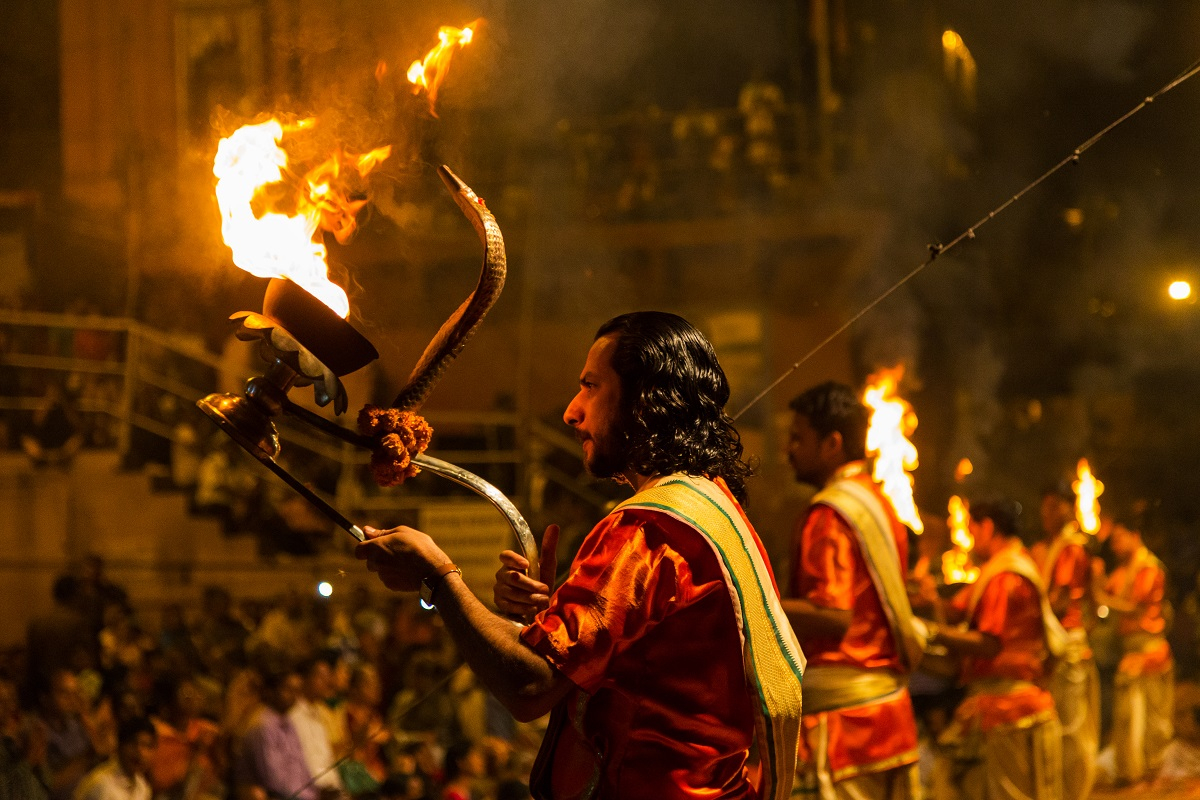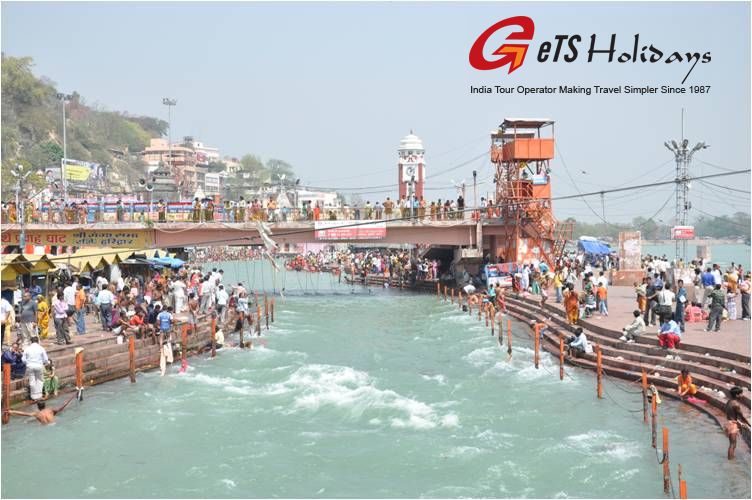What’s behind the Bull Story? – Jallikattu
For centuries Tamil Nadu has been home to one of the oldest cultural showcases- the Jallikattu. You might wonder what is so special about bull...

In Hinduism, river Ganges is considered the holiest of all the rivers flowing in the country. An epitome of purity and often personified as a Goddess, Ganges holds a huge historic and cultural significance to Indians, Hindus in particular. Originating from the Gangotri glacier at Gaumukh in the Indian Himalayas at 4100 meters above the sea level, the river flows 2525 kilometers across northern India before meeting the Bay of Bengal in the east.

Legend says that the river has descended from heaven to earth, coming through the hair of Lord Shiva. King Bhagirath’s arduous and long prayers for the salvation of his deceased ancestors made the Gods change the flow of Ganga and send her to Earth for its purification and salvation of its people.
From time immemorial, Ganga has been the powerhouse of the country. People worship the River as sacred and it is believed to wash off one’s soul from all the evil and sins. Hindu religion involves ceremonial use this holy water, people from all walks of life take the holy dip and cleanse there pains and sins. People carry treasured Ganga water all over India and even abroad for its curative properties.
The river is the final resting place for millions of Hindus, whose burnt ashes are spilled in the water for Peace and salvation. More than 40,000 dead bodies are burnt every year in various Ghats in Allahabad, Varanasi, Hardwar and Mathura. Being the purest of all the rivers, Ganga is equally polluted. Though there have been many plans to clean the sterling river.
For centuries Tamil Nadu has been home to one of the oldest cultural showcases- the Jallikattu. You might wonder what is so special about bull...
The ancient ruins of Nalanda University, dating back to the 3rd century BCE, have earned the prestigious designation of a UNESCO World Heritage Site. Recognized...
The citizens of Vizag (Visakhapatnam) will soon forget every drab and over-chlorinated swimming pool in the city. Thanks to the government of Andhra Pradesh to...
You are one step closer to having the best journey of your lifetime! Talk to us, write to us all that you have envisioned for your India trip, and one of our travel experts will connect with you on priority. To help you explicitly we have WhatsApp and Email addresses!